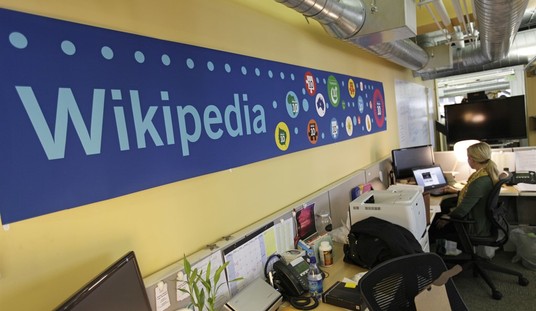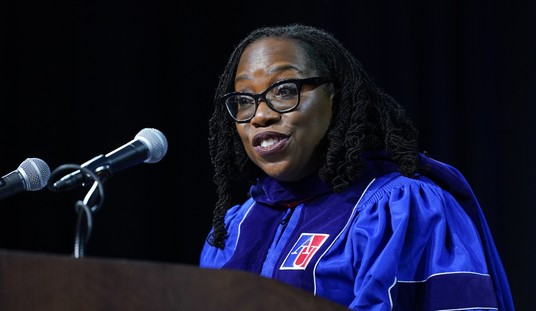How will ObamaCare most impact average Americans? The bill may have its greatest visibility at the most basic of all medical providers — the family practice clinic. The US already faces a shortage of family-practice doctors, and the addition of millions to insurance coverages will exacerbate access issues, the AP reports:
Primary care physicians already are in short supply in parts of the country, and the landmark health overhaul that will bring them millions more newly insured patients in the next few years promises extra strain.
The new law goes beyond offering coverage to the uninsured, with steps to improve the quality of care for the average person and help keep us well instead of today’s seek-care-after-you’re-sick culture. To benefit, you’ll need a regular health provider.
Yet recently published reports predict a shortfall of roughly 40,000 primary care doctors over the next decade, a field losing out to the better pay, better hours and higher profile of many other specialties.
This is not a new issue. Almost a year ago, the New York Times reported on the dearth of family-practice physicians and what it would mean to health-care reform. The problem does not occur so much with private insurance plans, but with public plans such as Medicare and Medicaid, the very mechanisms used by Congress to expand coverage to the uninsured. Family-practice physicians had already begun to refuse accepting any new patients, as the Wall Street Journal reported in April 2009, from public plans because of low reimbursement rates.
The cure for that disease is to increase the reimbursement rates. However, that would make both plans even more prohibitively expensive, and Congress has framed the ObamaCare debate as a means of cost control through price fixing. In fact, a scheduled reduction of reimbursement rates of 21% is built into the cost structure of ObamaCare as scored by the CBO, while Congress plans to enact a “doc fix” that will rescind the cuts. But that won’t get doctors back into the business of servicing Medicaid and Medicare patients; it may not even slow the rate at which they’re bleeding out of the system.
The AP’s report includes the strategy of “medical homes” to work around the doctor shortage. The medical home is what we used to call a clinic, but with a twist. Instead of a doctor seeing patients, the patients would instead see “a doctor-led team of nurses, physician assistants and disease educators,” with the doctor only seeing patients when absolutely necessary. Anyone who has had an HMO plan will be familiar with the concept, where PAs began replacing actual doctors for most routine care in the 1980s — and which liberals widely criticized as corporations cutting corners at the expense of patients.
Do these actually save money? According to initial pilot programs, no:
Pilot tests of medical homes, through the American Academy of Family Physicians and Medicare, are under way around the country. Initial results suggest they can improve quality, but it’s not clear if they save money.
The AAFP was an advocacy group that enthusiastically backed ObamaCare, and Medicare’s bias in pursuit of finding alternatives to doctors is fairly obvious. Basically, the government has decided to recreate the HMO experience on a national scale. They’re planning on facing a primary-care physician shortage for the long term, at least in public plans.








Join the conversation as a VIP Member